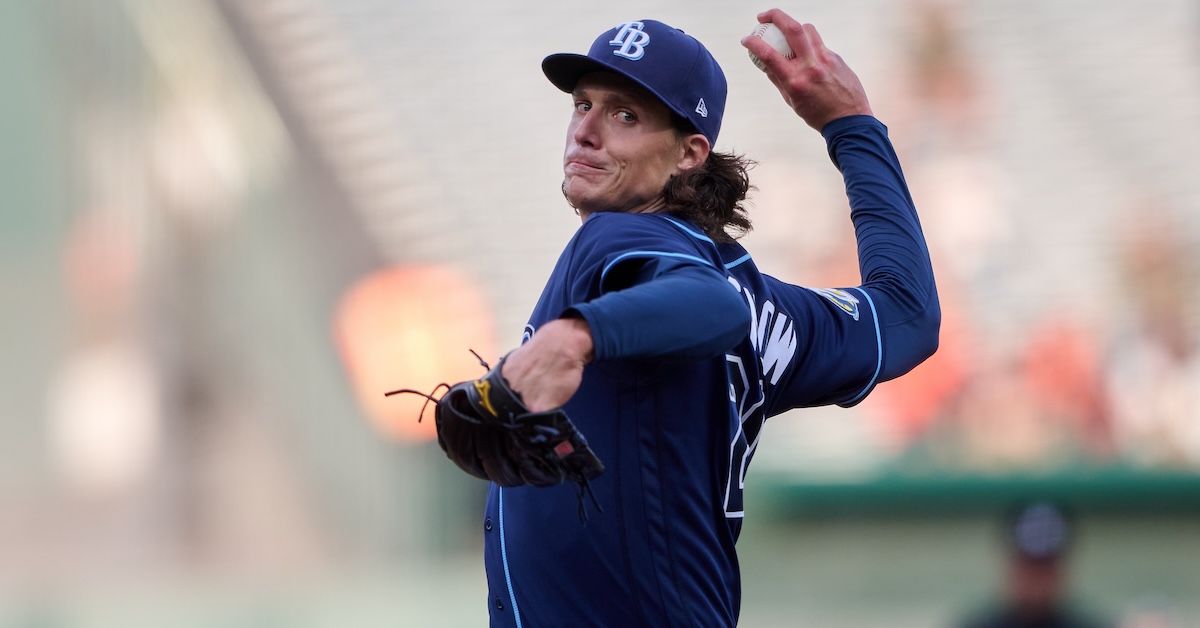Where Are the Giants Going To Play All These Outfielders?

TJ Hopkins got traded on Tuesday. For what? Either cash or a player to be named later, we don’t know yet. And it probably doesn’t matter that much. Hopkins was something like the seventh outfielder on a .500 team last year, and he only got into 25 games. The Reds had already DFA’d him last week to make room for Austin Wynns — hardly a stop-the-presses moment in and of itself — so the Giants are sending along either money or a minor leaguer or a tasteful floral arrangement in order to make sure they don’t get jumped in the waiver line.
Cards on the table: I probably would not know who Hopkins was if he had not played four seasons at South Carolina. He was a ninth-round senior sign in 2019, and despite solid minor league numbers (he hit .300/.400/.500 at Triple-A last season), he was 26 before he made the majors. Good for him, to be clear. In a ranking of major league accomplishments of recent Gamecock players I didn’t think had a shot at playing in the big leagues, Hopkins is probably no. 4, behind Whit Merrifield, Taylor Widener, and Jonah Bride.
Anyway, that’s not the point. The point is that Hopkins, modest though his major league accomplishments to this point may be, is legitimate major league outfield depth. And the Giants clearly wanted him; they’re giving him a 40-man roster spot, and they’re sending Cincinnati a muffin basket in order to make sure nobody else gets him. The thing is, the Giants already have a ton of outfielders. Read the rest of this entry »






